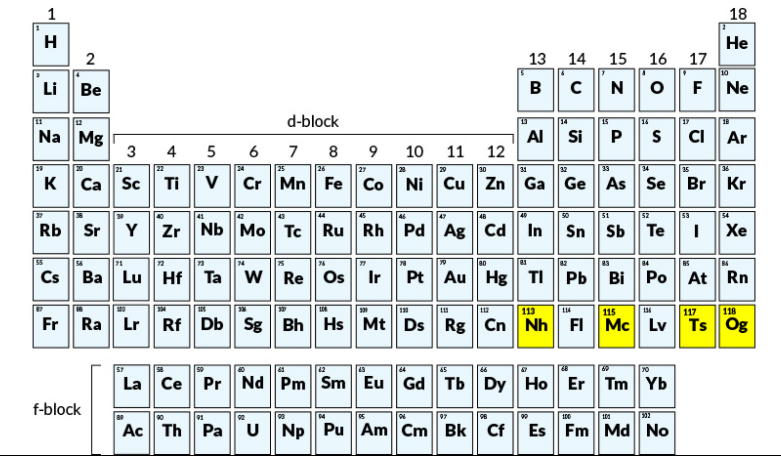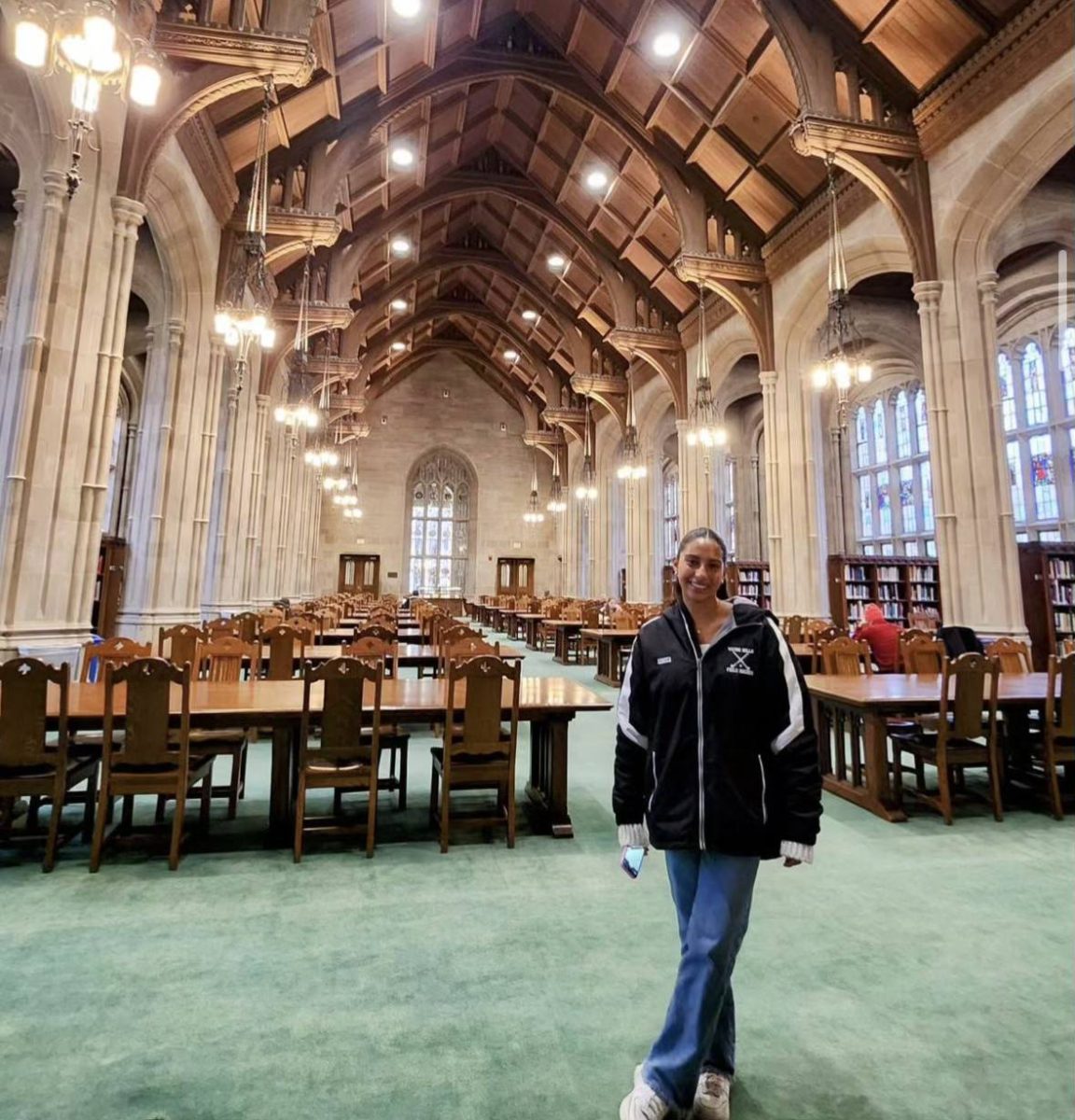Updated Periodic Table of Elements with Four New Names
December 5, 2016
You will no longer have to struggle with pronouncing the former names of Elements 113, 115, 117, and 118 because they have all been officially named. Ununtrium, ununpentium, ununseptium, ununoctium will not be on the seventh row of the new periodic table as placeholders. The new names are Nihonium (Nh), Moscovium (Mc), Tennessine (Ts), and Oganesson (Og). The elements were synthesized in the years between 2002 and 2010. These elements cannot be found in nature; they were created inside a lab by blasting beams of heavy nuclei at other nuclei located inside particle accelerators. Furthermore, the elements are unstable and only exist for only a fraction of a second before breaking down. The naming rights went to the researchers who first discovered the elements. The names also have to be derived from the names of the researchers or the geographical locations where the elements were synthesized. The International Union of Pure and Applied Chemistry then has to review the permanent names for five months and approves them once it deems them appropriate. The International Union of Pure and Applied Physics is also notified of the process. It will be awhile before chemistry textbooks and posters will be updated because the names have to be submitted for public review.
Nihonium comes from the Japanese word “Nihon” which means “Land of the Rising Sun,” another name for Japan. Moscovium is named after the Moscow region in Russia where it was discovered at the Joint Institute for Nuclear Research in Dubna in collaboration with researchers in California and Tennessee. Tennessine is of course named after the state of Tennessee, home to the University of Tennessee and Vanderbilt University. Oganesson was named after Russian physicist, Yuri Oganessian, a prominent member of the Russian research team that contributed to the discovery of several superheavy elements.
It is not yet known whether there are elements beyond the seventh row of the periodic table. Scientists hope to discover element 119 or any other heavier elements in the coming years although their existence has not been proved.
















